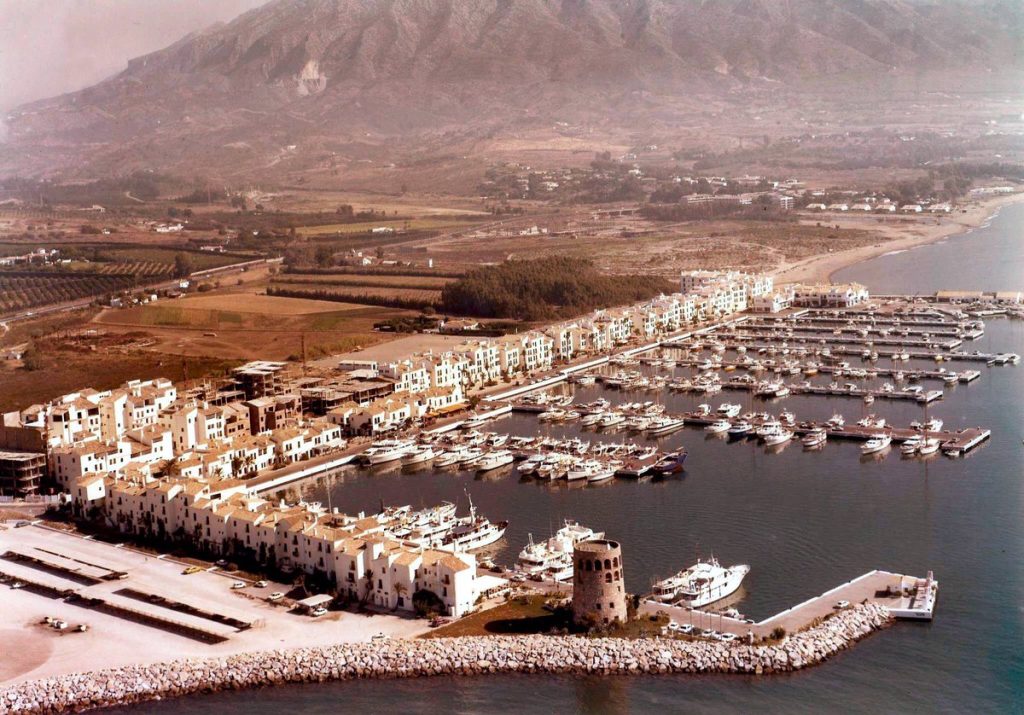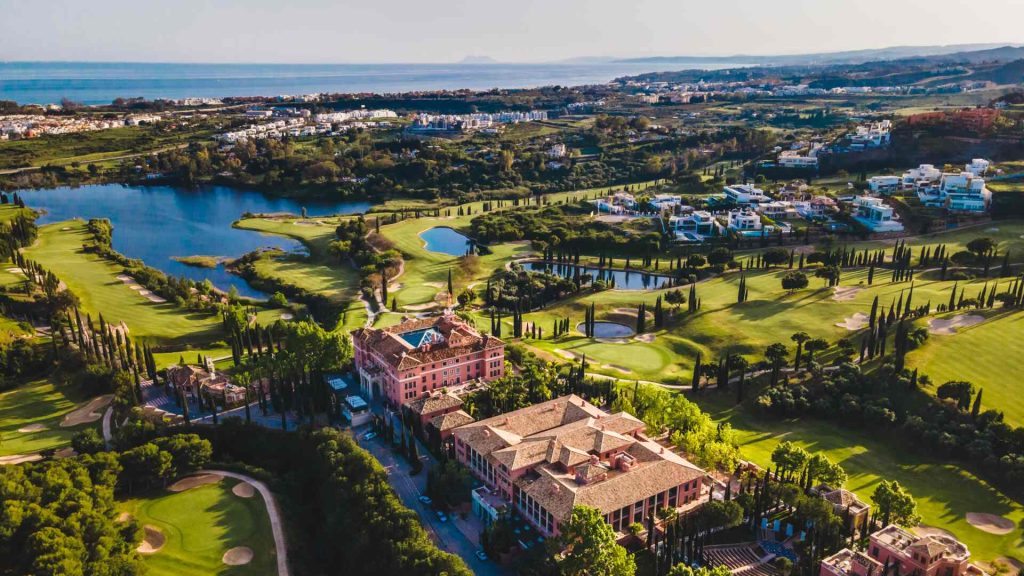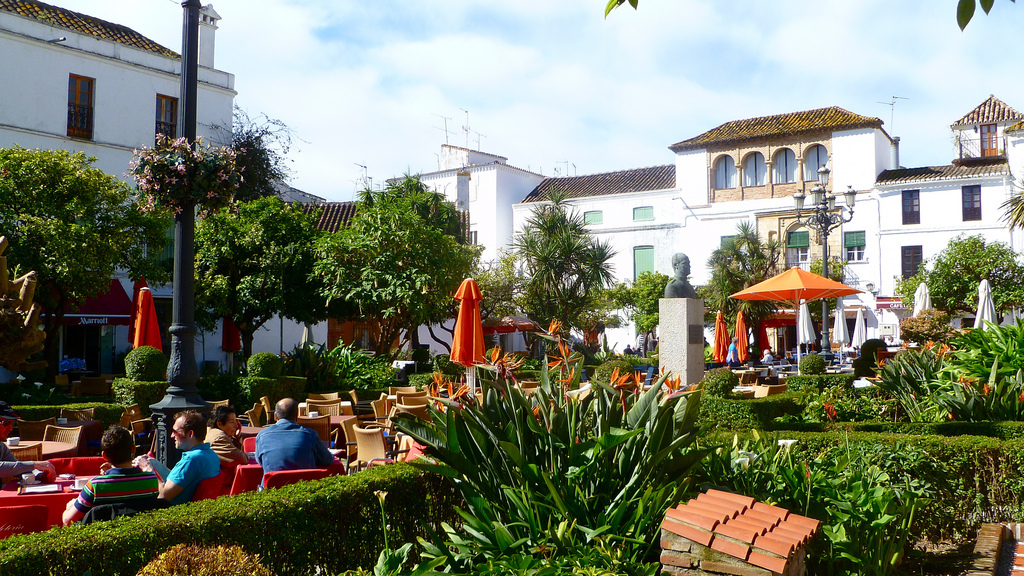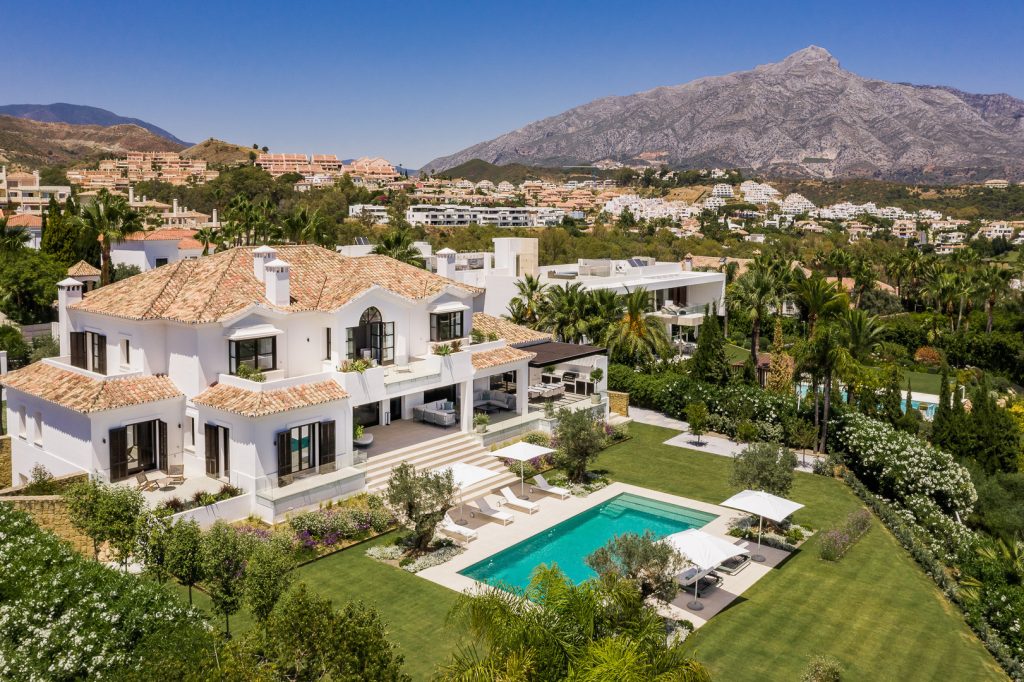Marbella: from humble beginnings to a global luxury destination

Nestled between the Sierra Blanca mountains and the Mediterranean Sea, Marbella’s journey from a quaint fishing village to one of the world’s premier luxury destinations is a story of evolution, resilience, and transformation. In the late 1960s, Marbella was home to just over 10,000 residents. Narrow streets wound through small neighborhoods where locals lived simple lives, supported by the area’s rich natural resources: olive groves, mango plantations, and fishing.
The climate, with its year-round sunshine and clear skies, made this southern Spanish town appealing not only for locals but for early visitors. In those days, Marbella’s landscape was a mix of coastal beauty and rugged charm, a sharp contrast to the luxurious estates and golf resorts that would later dot the area.
The Transformation Begins

Marbella’s true transformation began in the late 20th century. As word spread about the idyllic climate, scenic landscapes, and unspoiled beauty, investors saw an opportunity to turn this quiet town into an elite destination. Wealthy individuals from across Europe, particularly those impacted by political shifts in the early 1990s, began flocking to Marbella, building luxurious villas, lavish hotels, and, eventually, world-class golf courses. This boom didn’t just change the landscape but also reshaped Marbella’s economy and culture, bringing a blend of Andalusian traditions and cosmopolitan sophistication.
Population Growth Over the Last Century

Marbella’s population has experienced significant growth over the past century:
- 1920s: Approximately 10,000 residents.
- 1981: 60,172 residents.
- 1991: 80,599 residents.
- 2001: 100,036 residents.
- 2011: 135,124 residents.
- 2021: 149,032 residents.
- 2023: 156,153 residents.
This steady increase reflects Marbella’s transformation into a sought-after destination for both tourists and permanent residents.
Real Estate Market Trends Over the Last Decade

The real estate market in Marbella has seen notable changes in the past decade:
- 2013: Average property prices were approximately €2,080 per square meter.
- June 2023: Prices rose to an average of €4,233 per square meter, marking a 15% increase from the previous year and doubling over the decade.
- June 2024: Prices continued to climb, reaching an average of €4,812 per square meter, representing a 13.7% increase from the previous year.
These figures highlight the robust growth and resilience of Marbella’s real estate market, driven by sustained demand and the area’s enduring appeal.
Marbella Today: A Constantly Evolving Jewel

Today, Marbella continues to thrive, adapting to new trends while preserving its unique charm. Construction cranes are a familiar sight, especially in the hills around La Concha, where new developments rise to meet the demands of an ever-growing international clientele. The blend of modern luxury and traditional Andalusian charm creates an atmosphere that few places can rival.
For those who look closely, echoes of Marbella’s humble past are still visible beneath the polished surface. The town is a testament to how far a community can come without forgetting its roots.